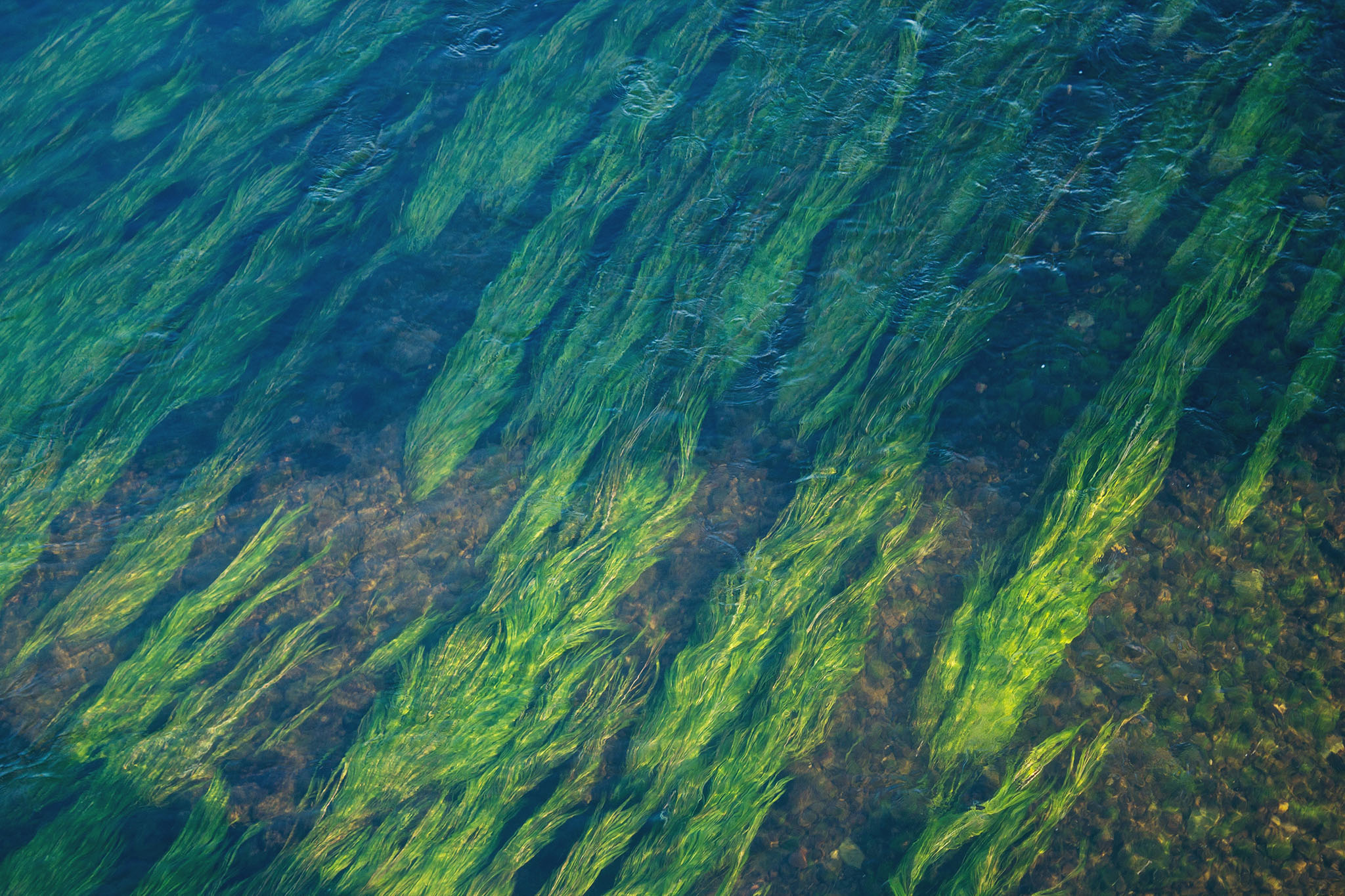Types of Ocean Plants
What are they?
Ocean plants refer to autotrophic marine beings–those that possess chlorophyll and can process their own food through photosynthesis. They typically dwell near the ocean surface or seashores to take the most advantage of solar power.
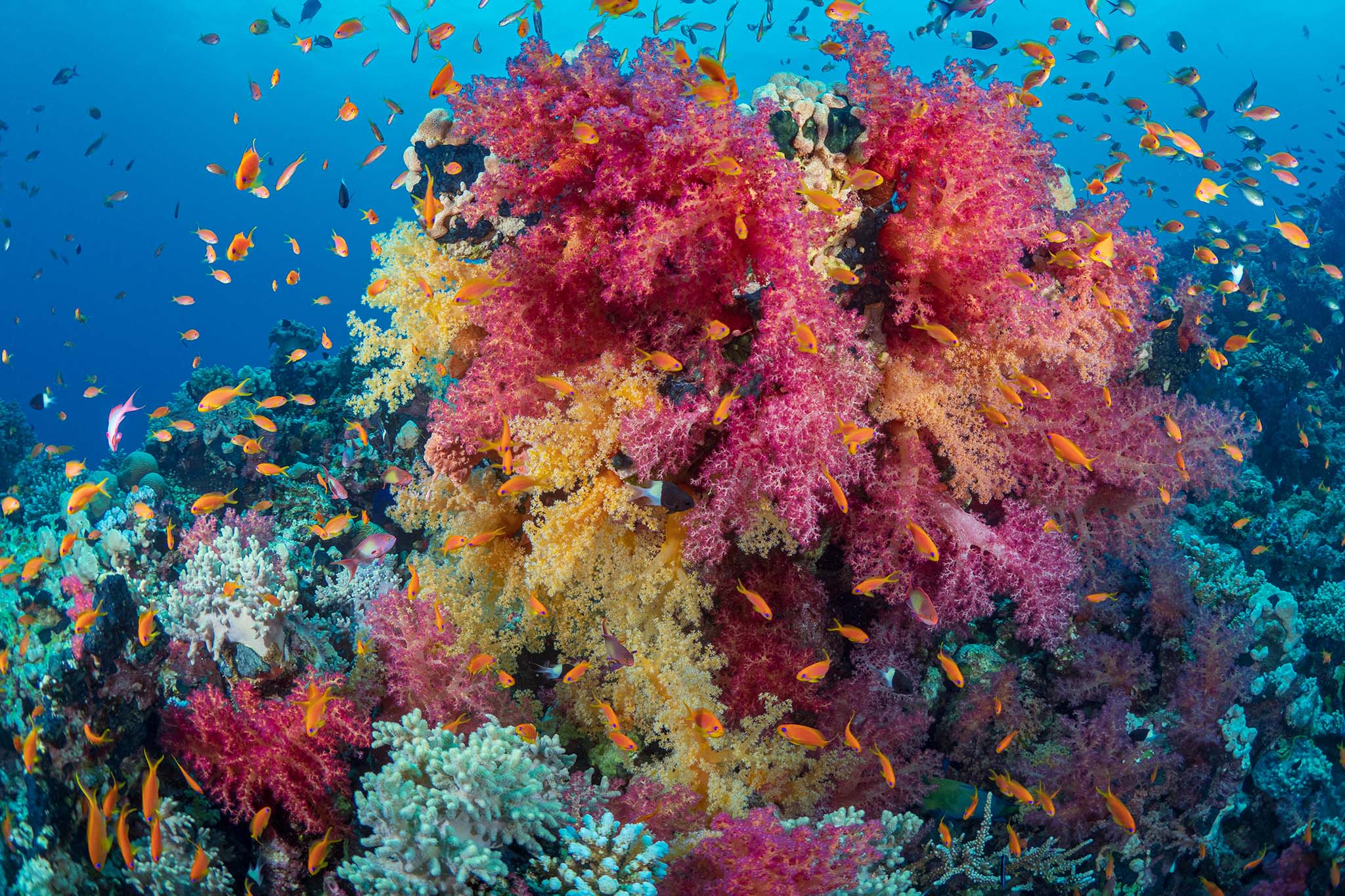
Seaweed
The plant-like seaweeds are macroalgae, typically floating on the surface or anchored to the seafloor. Kelps, red algae, and sargassum fall under this category.
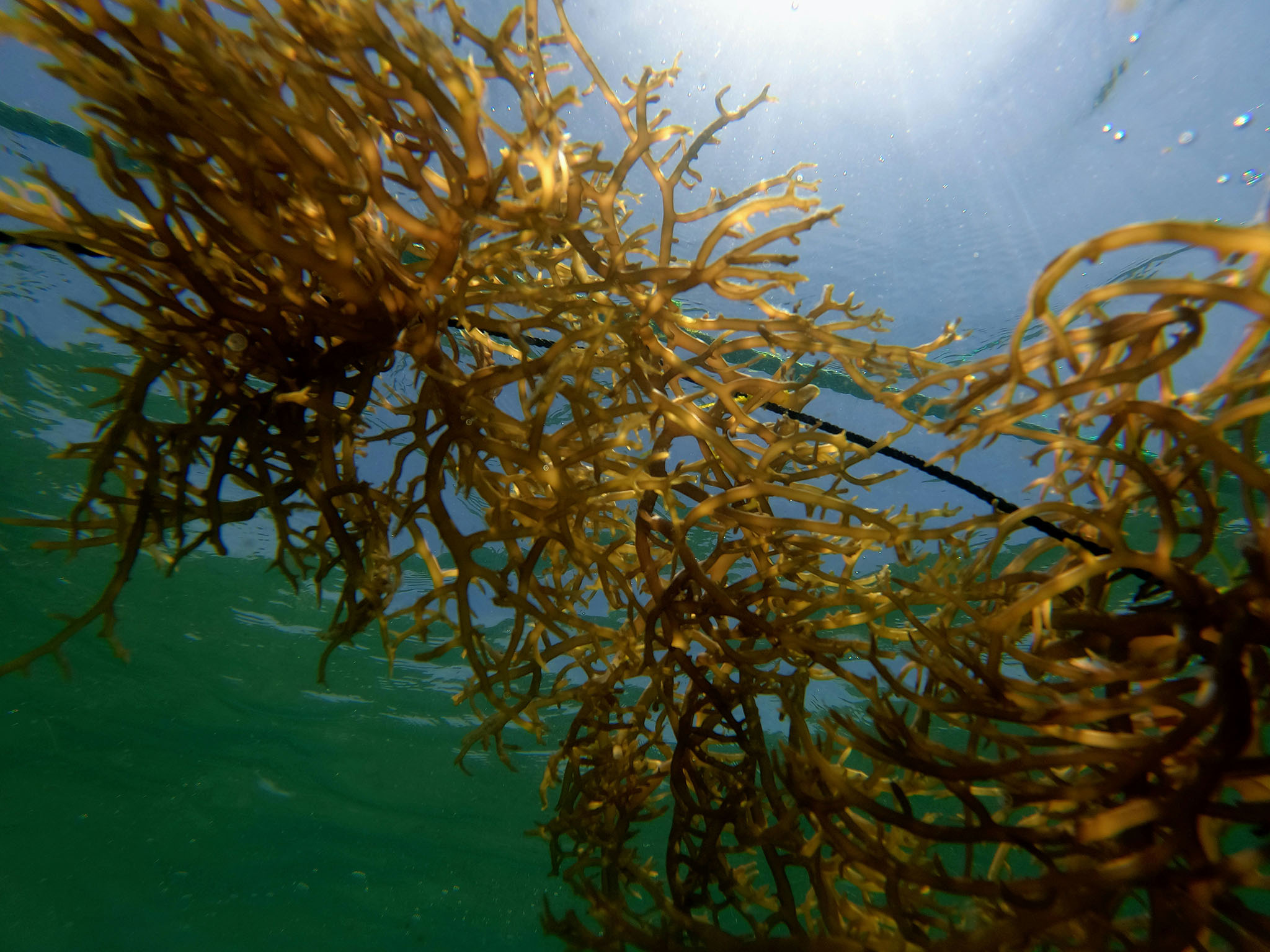
Corals
A coral is a composite of several polyps–the animal that lives in the rocky and branching reefs, dotting shallow to deep ocean floor. The group includes several hard and soft corals, including red sea whip brain coral.
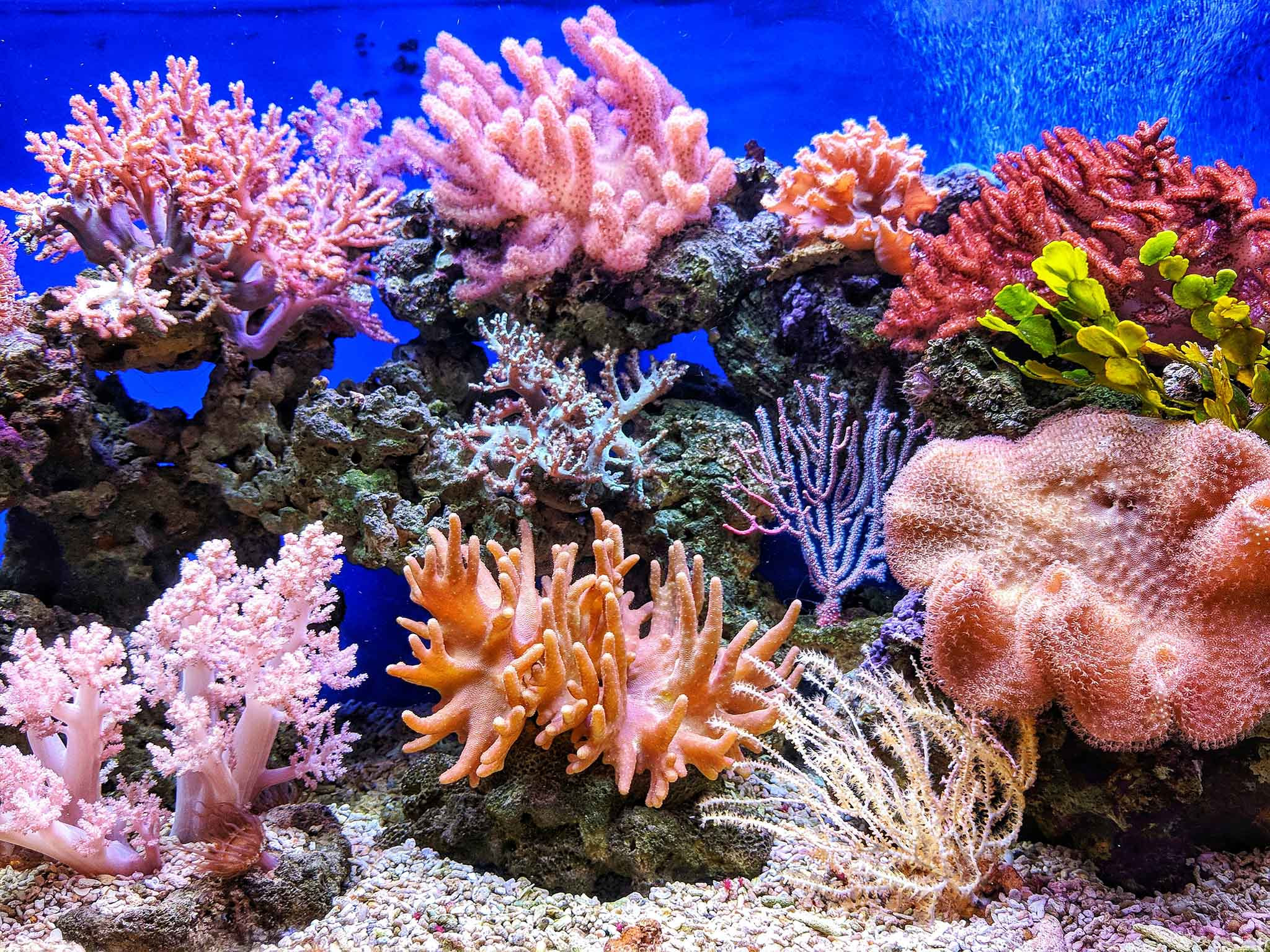
Sea Anemones
Despite their floral-like features, it is excluded from the plant life in the oceans. Related to corals, they are grouped under the Phylum Cnidaria. One excellent example is the giant plumose anemone.
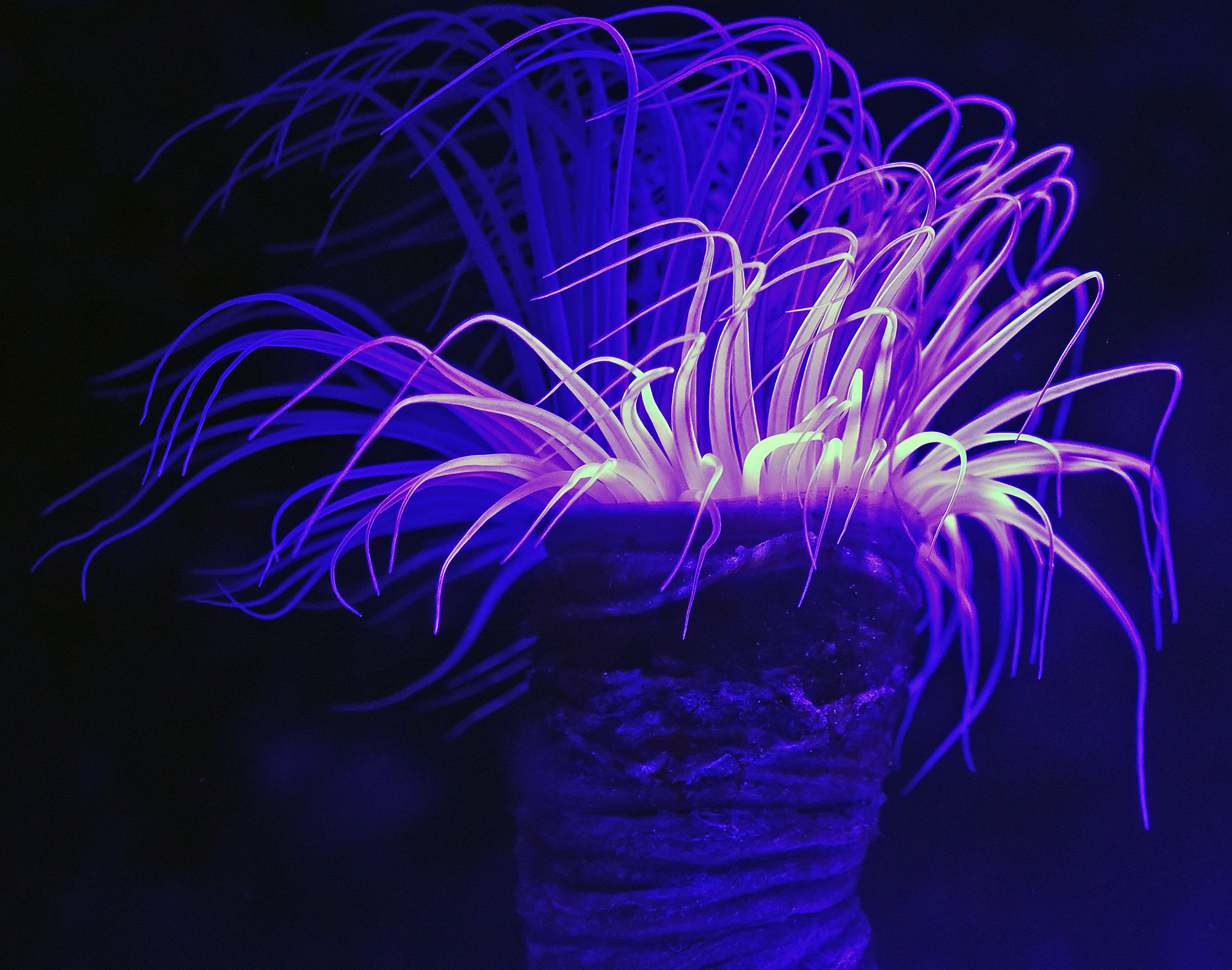
Phytoplankton
They are microscopic single or multi-celled under sea lives capable of generating food through photosynthesis, like plants, often found on the ocean surface. Although they have autotrophic habits, they are considered protists and not plants. Diatoms, dinoflagellates, and cyanobacteria are classified under this group.
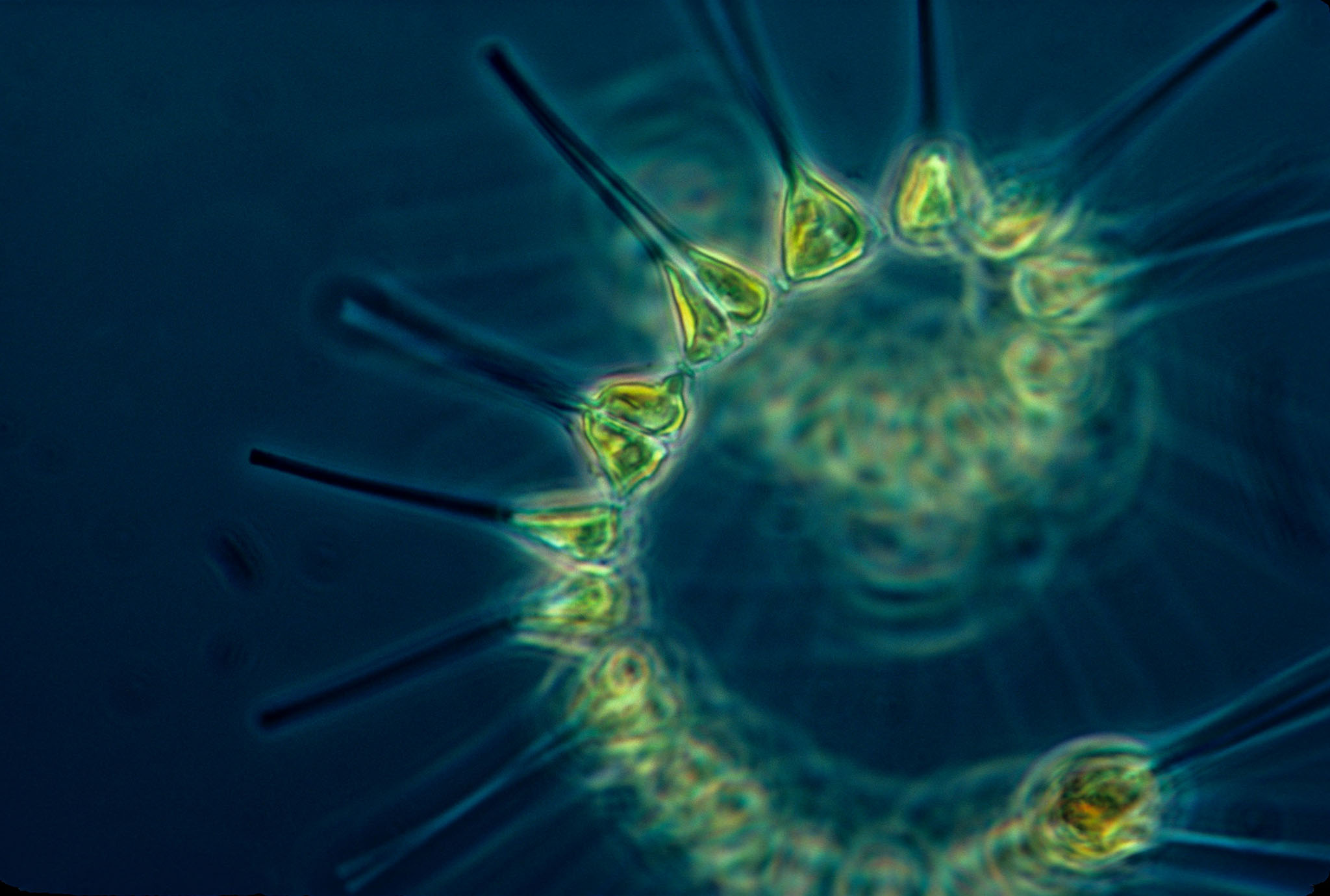
Seagrasses
Ocean plant life, specifically in shallow seas, is often dominated by seagrasses. They are food for many invertebrates. Seagrasses are also often cropped as ornamental plants in aquariums. Manatee grass, turtle grass, and shoal grass are some of the common ocean plants names under this group.
